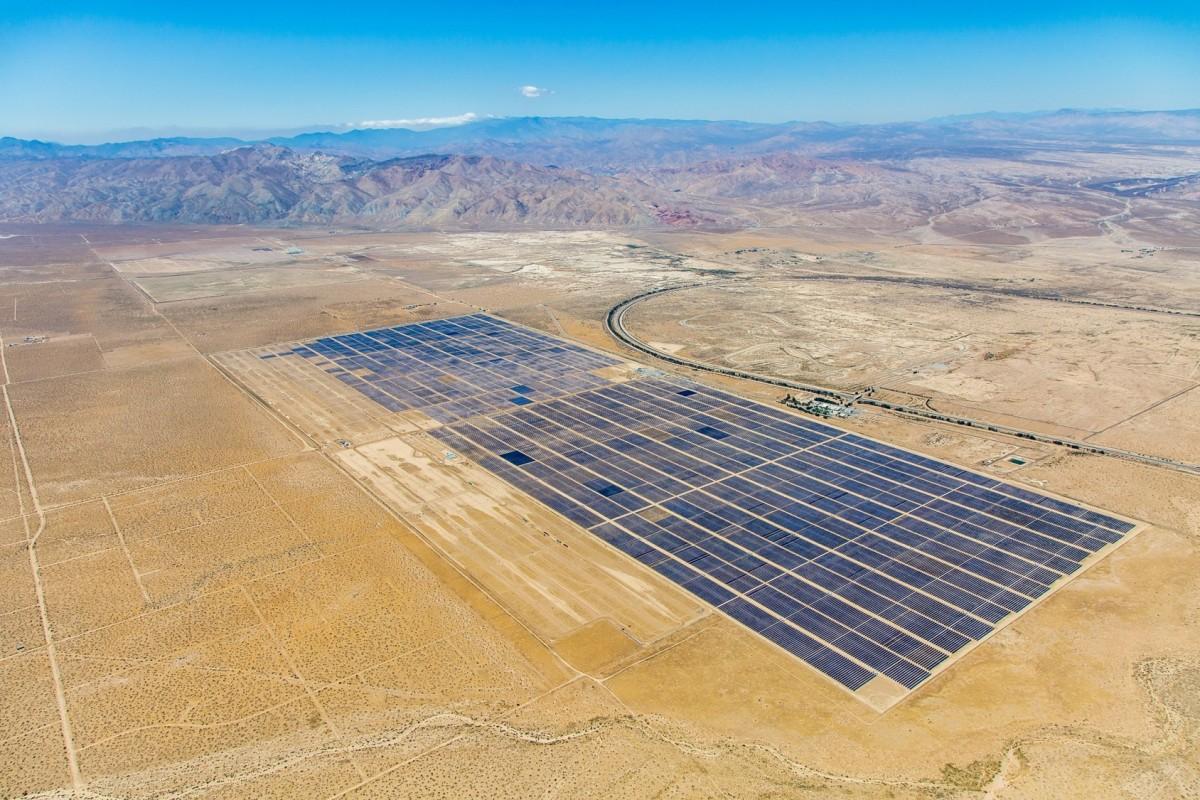Claims that solar is now “cheaper than fossil fuels” are popping up all over social media. What does that really mean? Understanding the Levelized Cost of Energy (LCOE) is key to understanding the future of energy economics.
A relative newcomer in the development of utility-scale solar projects, 8 Minute Energy is claiming that it’s latest project is producing power at a price well below that of coal and even natural gas. Springbok 2 is a 155 megawatt plant AC/191 MW DC project located in Kern County, about 70 miles north of Los Angeles. Springbok 2 has come on line producing power at just $58.00 per megawatt-hour. Located on approximately 700 acres of abandoned farmland taken out of production more than 20 years ago, the project is creating an estimated 300 direct and 400 indirect jobs during construction in Kern County. The amount of greenhouse gas emissions expected to be avoided each year through operation of the projects is comparable to removing 111,000 cars from the road according to 8 Minute Energy’s press release.
Obviously, this is all great news. Solar advocates are pointing at Springbok 2 as a clear example that solar has reached maturity, and in a time when the incoming administration is claiming that solar is expensive and inferior to coal, these numbers offer indisputable evidence. But how are these new, low, low cost estimates generated? The answer is LCOE.
Levelized Cost of Electricity (LCOE) and its limitations
Levelized cost of electricity (LCOE) is often cited as a convenient summary measure of the overall competiveness of different generating technologies. It represents the per -kilowatt hour cost (in real dollars) of building and operating a generating plant over an assumed financial life and duty cycle. Key inputs to calculating LCOE include capital costs, fuel costs, fixed and variable operations and maintenance (O&M) costs, financing costs, and an assumed utilization rate for each plant type.
The importance of the factors varies among the technologies. For technologies such as solar and wind generation that have no fuel costs and relatively small variable O&M costs, LCOE changes in rough proportion to the estimated capital cost of generation capacity. For technologies with significant fuel cost, both fuel cost and overnight cost estimates significantly affect LCOE. The availability of various incentives, including state or federal tax credits, can also impact the calculation of LCOE. As with any projection, there is uncertainty about all of these factors and their values can vary regionally and across time as technologies evolve and fuel prices change. It is important to note that actual plant investment decisions are affected by the specific technological and regional characteristics of a project, which involve numerous other factors not reflected in LCOE values. The projected utilization rate, which depends on the load shape and the existing resource mix in an area where additional capacity is needed, is one such factor. The existing resource mix in a region can directly impact the economic viability of a new investment through its effect on the economics.
Even former solar-haters are coming around to the idea that these numbers are legit. Forbes magazine, traditionally a bit of a solar-bashing publication, ran an article just two years ago by William Pentland entitled Levelized Cost Of Electricity: Renewable Energy’s Ticking Time Bomb? In which he concluded that; “… LCOE is like a bad line of code in a software program used to develop other software programs. It has dangerously skewed investors’ understanding of the economics of generating electricity from renewable energy resources. It has also had perverse and difficult to undo impacts on local, state and federal energy policies.” A year later, Forbes was acknowledging the writing on the wall, pointing to a report from Lawrence Berkeley National Laboratory, finding that under power purchase agreements signed this year, developers will deliver power from large utility-scale solar plants will be selling at below the price of electricity from natural gas by 2021. Between 2017 and 2040, the lifetime of the solar plants, the average levelized cost of power from these solar plants will come to $42.1 per megawatt hour, wrote Mark Bolinger and Joachim Seel, versus $48.1 for the cost of gas alone.
It’s going to be very, very hard for fans of fossil fuels to put the solar genie back in the bottle, even if utility company lobbyists manage to cut existing incentives. The market has spoken, and solar will gradually take the place of coal, replacing dirty, dangerous jobs with safer, higher paying jobs, while reducing emissions and creating a more robust energy grid.





